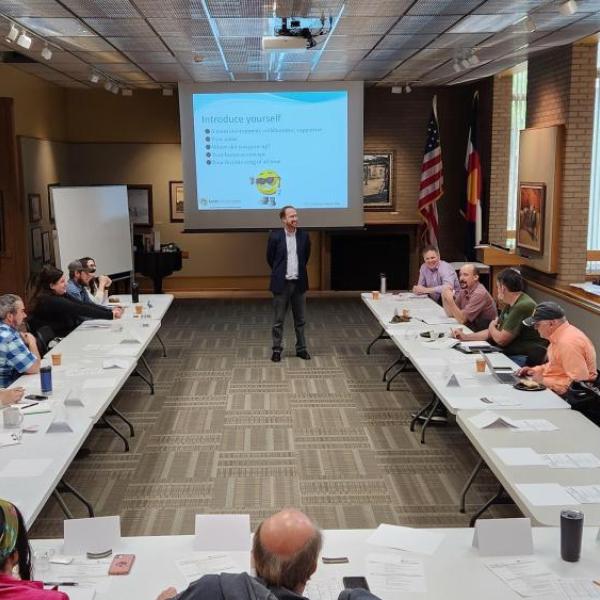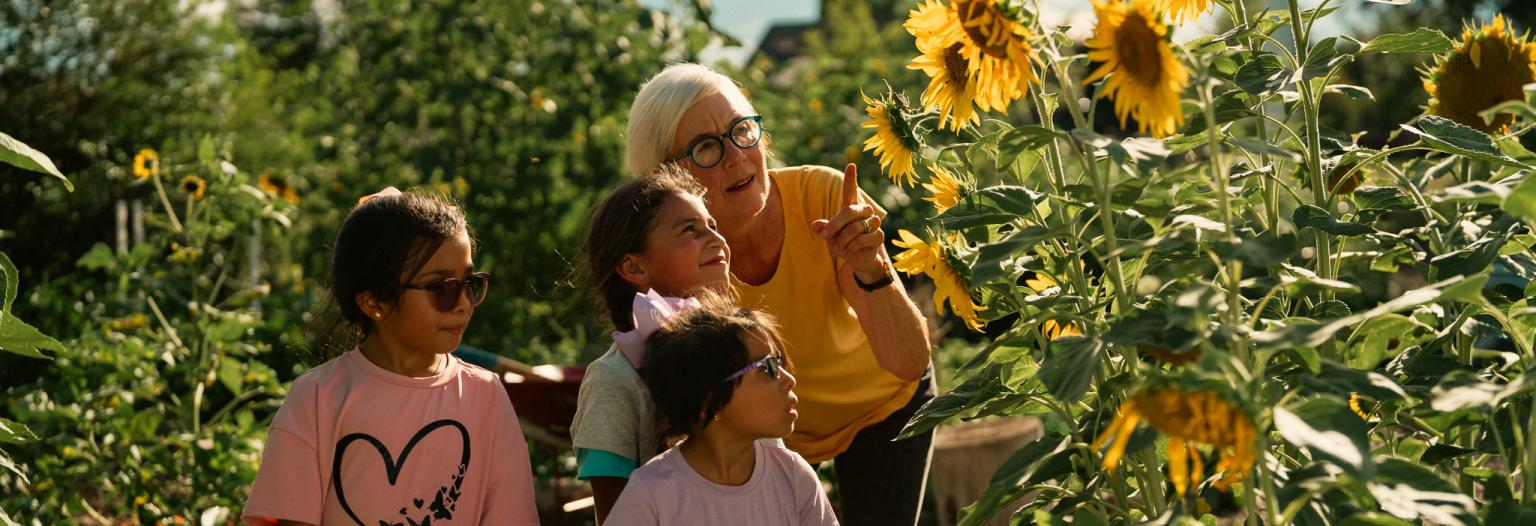
Dear Latrice,
We also love...
Sylvia | Pueblo, CO
And we also love what it can do for children’s development—so we’re transforming school yards into learning landscapes.
Campus Location

With support from the Robert Wood Johnson Foundation and the National Institutes of Health (NIH), Learning Landscapes leverages Brink’s expertise in landscape architecture, research, and business to create play spaces that enrich education, foster community, and revitalize urban settings.
Learning Landscapes go beyond traditional playgrounds, resembling campus designs that cater to their community’s needs. “These spaces feature welcoming gateways, shade structures, outdoor classrooms, age-appropriate play equipment, hard surface games, and art elements created by children and community artists,” says Brink. “They also include grass fields, habitat, and vegetable gardens, walking paths, fitness equipment, and more, each tailored to the specific school.”
When the initiative began, the goal was to benefit children’s health and well-being, but the impact has also shown that it can help with students’ test scores, attendance, and mobility.
96 completed Learning Landscapes
46,500 students served daily
500,000 city residents served
Experiential learning is a cornerstone of CU Denver’s Master of Landscape Architecture program. In addition to internships, students engage in immersive studios, including travel components with community projects. Recently, the studio visited New Orleans to explore resilient community play spaces and develop designs for off-the-grid systems that enhance outdoor learning environments.
"Students designed outdoor learning spaces with off-the-grid electricity for phone charging, even during power outages. These spaces also have stormwater capture systems, misters, and fans to keep them cool in the summer, making them more comfortable for children and families to enjoy."

